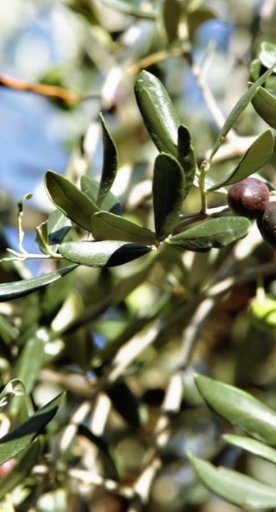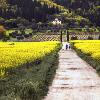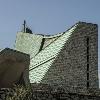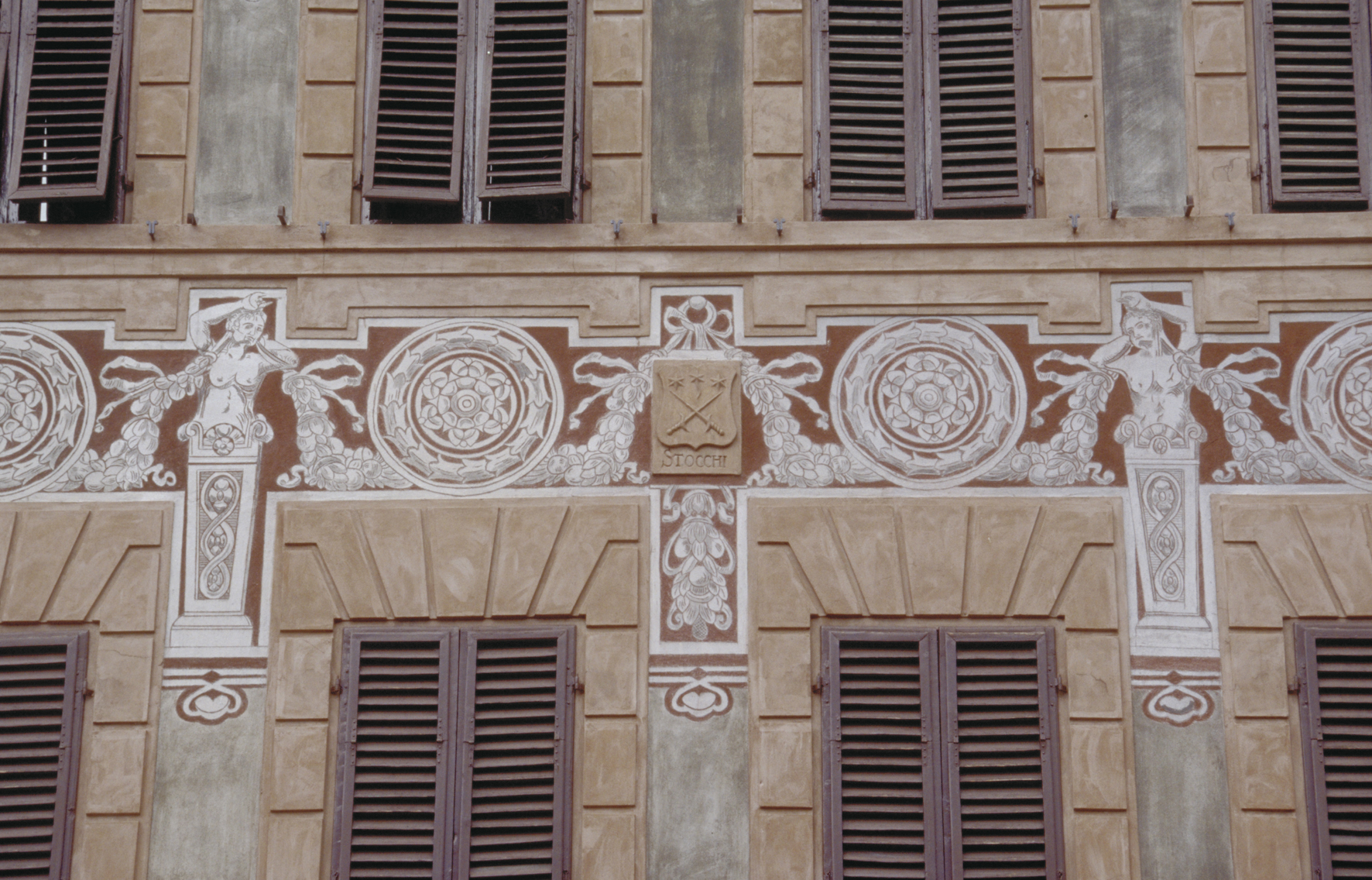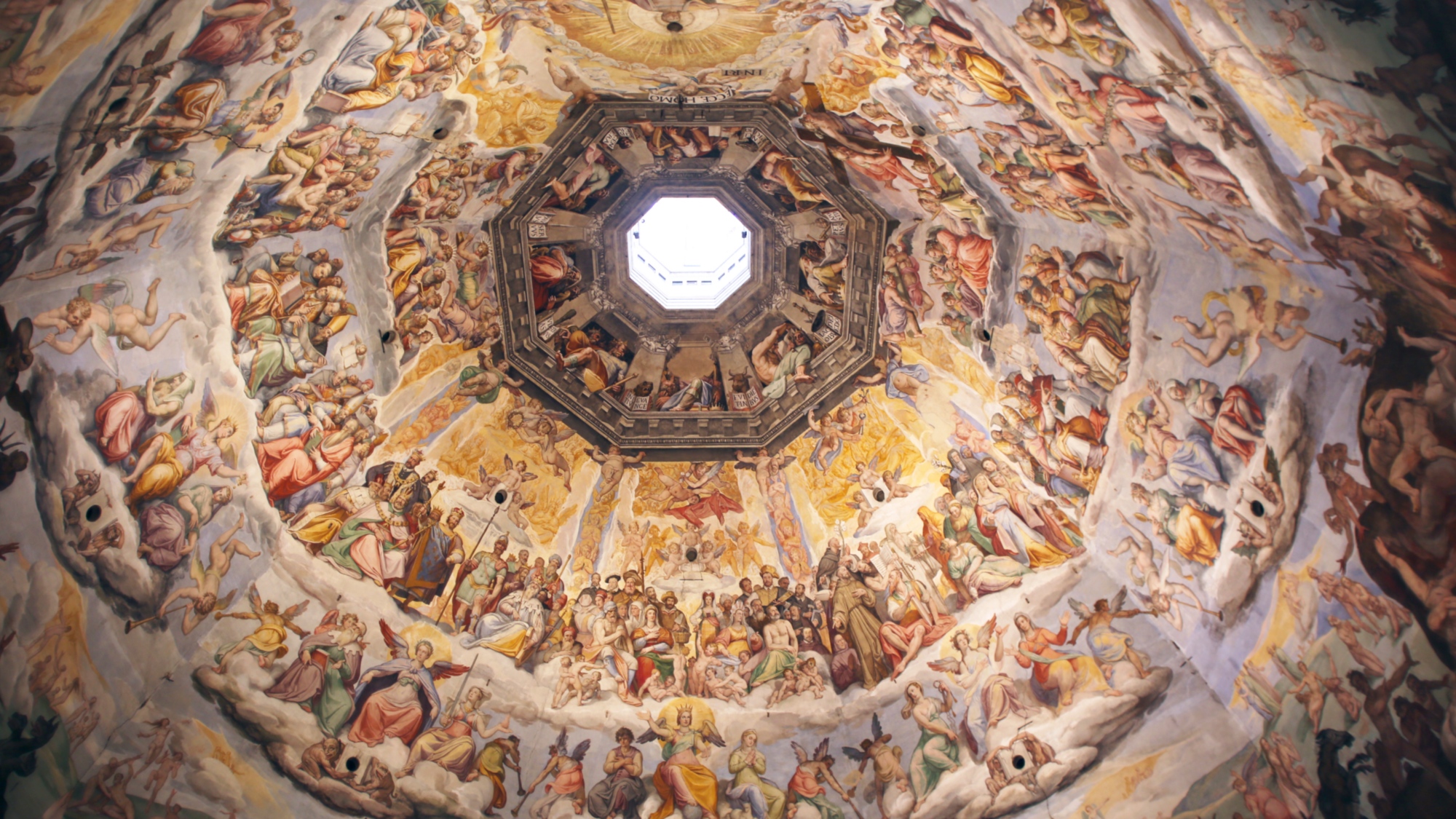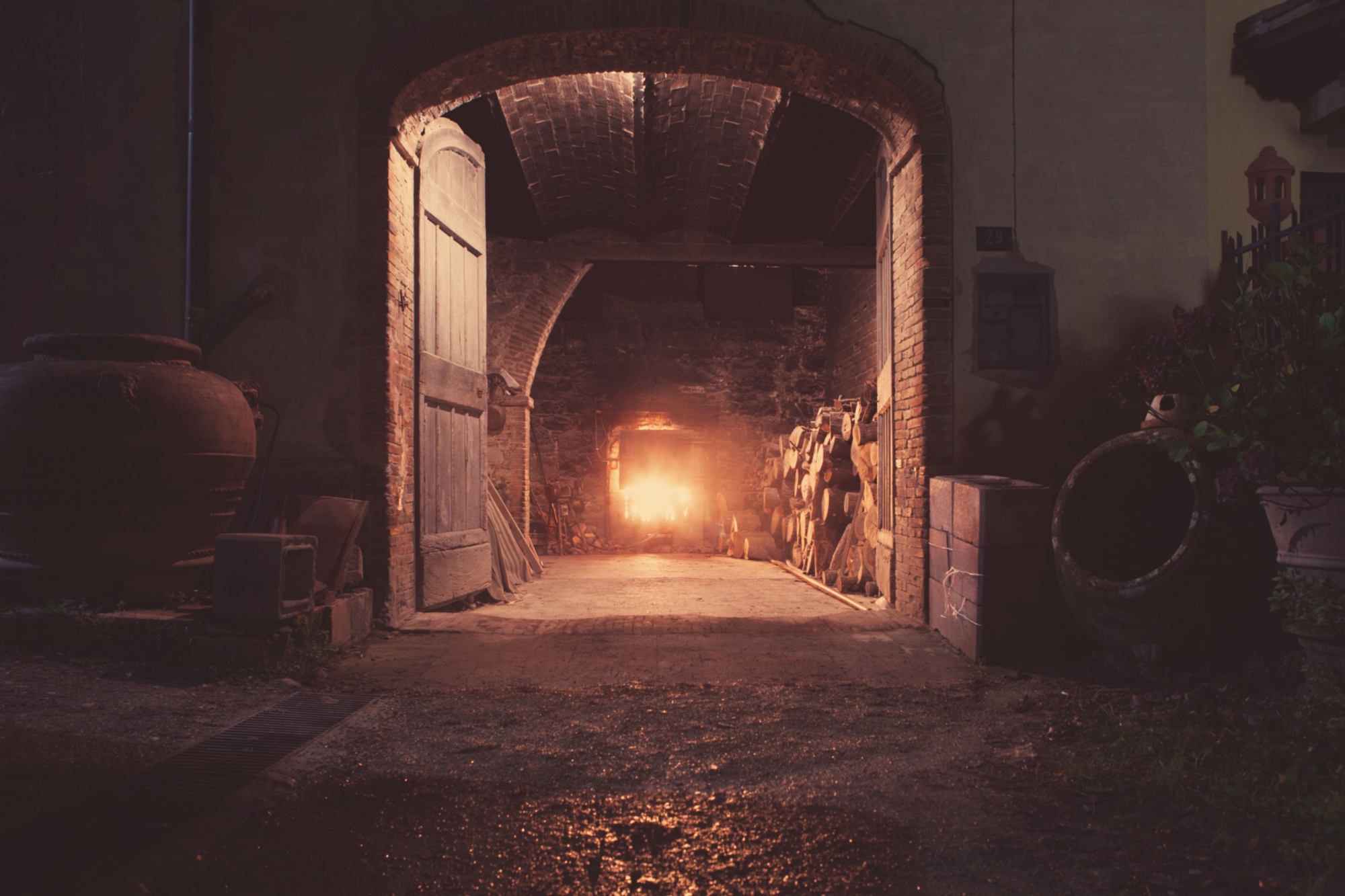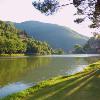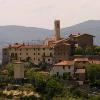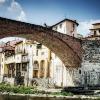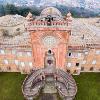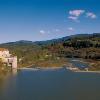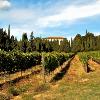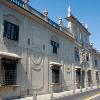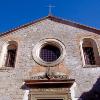The city centre resides along what was formerly known as via del Sale (Salt Road) between the hills of Castello di Calenzano Alto and San Donato. Towards the end of the 11th century, castles and towers were established in the territory and were aligned with the most long-standing religious organisation of parish churches. Of these parishes at least the three oldest are worth visiting - San Donato, San Severo in Legri and Santa Maria a Carraia - all of which helped to define the municipality’s character.
In 1799, the church of San Niccolò, located in the hamlet of Castello di Calenzano Alto, was raised to the rank of parish. Castello di Calenzano preserves the typical features of a fortified village and, as in the past, guards the important communication routes that have connected the Florentine plain to the Mugello since ancient times.
Majestic farms are placed side by side with splendid houses, like Villa Peragallo or Villa Ginori, which symbolised the beginning of a new city aristocracy. In the territory of Calenzano, it is also worth seeing the Parco del Neto. Finally, as previously mentioned, the landscape itself is interesting, which stretches from the farms in the hamlet of Travalle to the tidy features of Sommaia, with terracing covered by olive trees, farmhouses and country homes dotting the territory, in a wonderful example of a rural Tuscan environment.
















